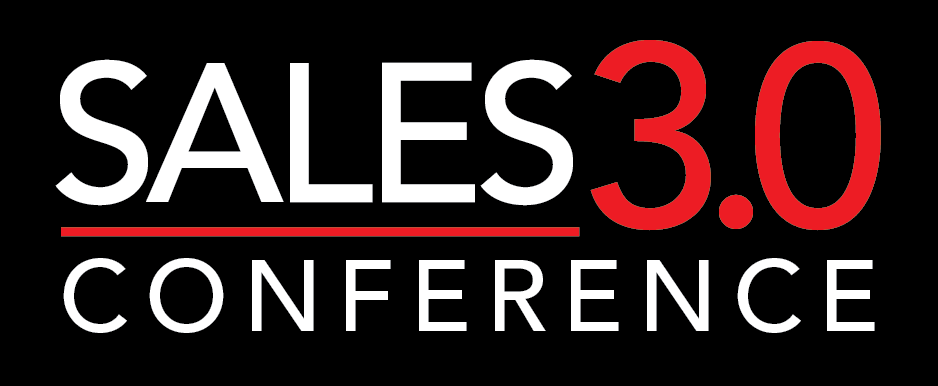Monopoly is a board game over 100 years old, and it represents how many tend to think of sales. You circle the board once. Get your $200 by “passing Go,” and then go around the board negotiating and buying properties. But it can be difficult to “pass Go” and win the game by becoming the last one standing (or vendor of choice).
Sound familiar?
According to the “2019 State of Sales Training” report, published by the Association for Talent Development (ATD), we spend an average of $2,326 on sales training annually, per salesperson. What is worrisome is that 58 percent of those surveyed did not believe that training issuccessful. Yikes!
So, 58 percent of you don’t get to “pass Go,” and don’t collect (or get a return on) your money!
Why would this be the case? If we are giving our salespeople the skills they need to be successful via sales training, then why are we not seeing a corresponding increase in sales performance?
In this post we will look at why sales training so often fails, and what you can do to ensure that, if you invest in sales training, you see an increase in performance from it.
What Is the Real Value of Skills Training?
We often see skills training delivered internally as part of an onboarding process, product update training, or new corporate messaging. You will learn how to position your product or service and – if the training is comprehensive – you’ll learn about the value, line-of-business positioning, and competitive strengths, and be able to practice in a safe environment. These are tools that will help you “pass Go” in positioning your solution, but will not take you from 0 to 100 overnight.
Enter sales methodology training.
Much of today’s sales methodology training is generic. It teaches skills such as prospecting, objection handling, and closing techniques, to name a few. And your salespeople definitely need these base skills to succeed in their role. The problem is, generic sales training has no understanding of your product, how you sell it, or how your customers buy from you. It’s simply a set of sales skills your salespeople may use at some point.
The challenge here is that most of these focus on only part of the sales cycle – typically once a sales opportunity has been identified. So it is a piecemeal approach that often ends up with sales reps using a subset of the method. Part of a part.
Can you see how this creates holes in the sales reps’ experience and understanding and can result in a lack of traction? Low traction equals low success.
You are still not passing Go. (And you do not collect your $200!)
Sales Training Needs to Address Mindset
Once you have learned new skills, you need to have the mindset to use them and know how they can be used to help you in specific situations. Without this, there is no change in behavior!
And that, unfortunately, leads us to another “do not pass Go” situation.
Many salespeople are hesitant to try out their new selling skills. Having a safe space where they can practice their art is all-important. Only then can they see themselves succeeding.
Mindset is not just a salesperson issue, either; it also applies to buyers. Put your team’s focus on understanding the mindset of your customers. Matching your training with the impact on your buyers’ mindset is the key to successful implementation. Recognizing the situations on when and how your prospects will respond to your new-found learnings is critical to success.
Now, think about any sales training you took recently. Does it address the mindset of your buyers and how their mindset changes?
If no, you guessed it: You’re still not getting past “Go”!
Use Technology to Measure the Impact of Sales Training
The use of technology to monitor the sales process is nothing new. What’s new is our ability to monitor and analyze the interactions between you and your prospects at many more touchpoints. Not just in sales, either! You can measure performance across your entire customer lifecycle.
If you can learn from both your successes and failures and incorporate the lessons into future outreach, then you will be able to refine your approach for constant improvement.
A word of warning, though. Remember to capture key metrics with context.
Context is essential to understanding the real impact of your data points on your customer – and therefore essential to duplicating that success with others.
No context. No point. And another “do not pass Go” situation.
Where Sales Training Magic Happens
If you have been following me to this point, you’ll have noticed that I talked about three essential parts to operationalizing your sales training. Now here’s your “get out of jail free” card!
It’s you, the sales leader. You are the coach who can mentor your salespeople in the skills, mindset, and tools we’ve talked about.
Sales training is in no way the futile exercise the numbers might suggest. Operationalizing the sales training, however, is the missing step of success.
Sales leaders and salespeople alike must have the mindset to internalize the skills that have been taught and apply them as is appropriate to the customer situation. To help us in this process, we can use both existing and new technologies to enhance our learnings and take our sales to the next level.
Only then will you “pass Go” and collect your $200!

Chris Fletcher is one of the founders of Huerdo Inc. She is an International Master Coach, and previously was the general manager and SVP of sales for Europe, Middle East, and Africa at SAS Institute. In her current role, Chris is responsible for developing and leading The Revenue Engine Sales Method team that helps Huerdo’s clients get out of first gear.



